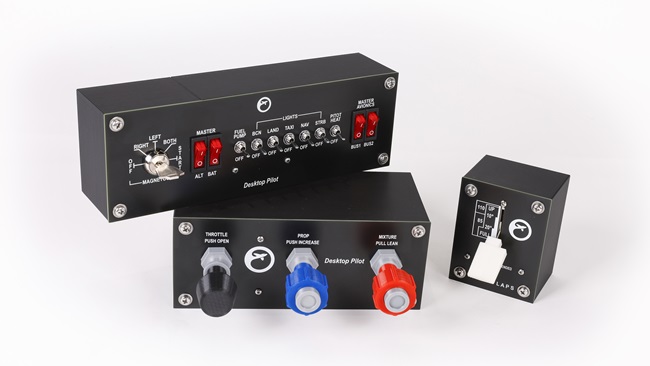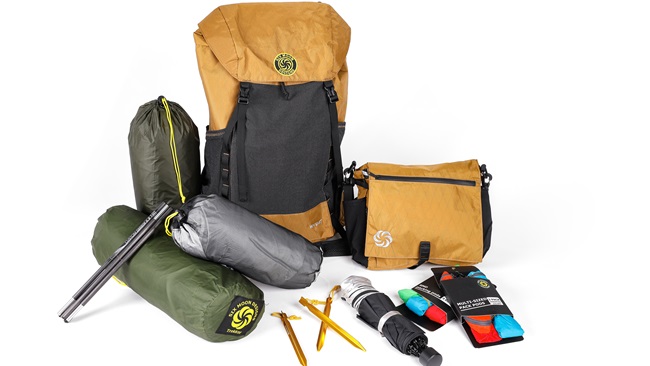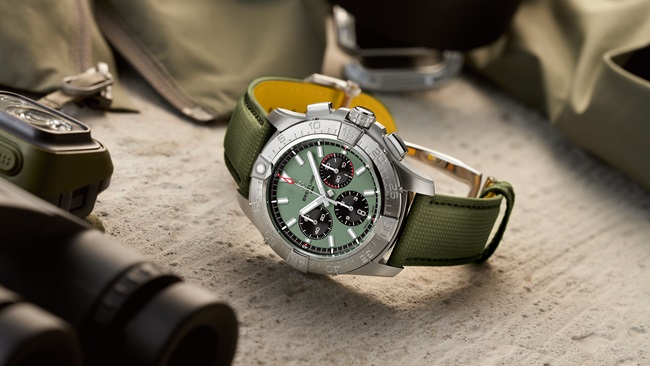In the Feb. 7 column, “Oil changes: Roll up those sleeves and save some money,” we discussed the benefits of do-it-yourself oil changes and covered the oil system itself. This time, let’s take a look at the oil.
There are many factors to consider when selecting the proper oil, including operating environment, outside temperature, engine/cylinder type, and how frequently the aircraft is flown.
When selecting oil, the first thing to consider is viscosity. Simply put, "viscosity" is the measure of a fluid's resistance to flow. Most air-cooled aircraft engines are designed for SAE 50-weight oil at operating temperature (approximately 210 degrees Fahrenheit).
In fairly stable, warm environments, a straight-weight oil such as Aeroshell 100, W100 or Phillips 100AW is a good option because these 100 oils all perform to the SAE 50 spec. In slightly cooler temperatures, straight-weight 80 oils will also work for some engines because they perform to SAE 40. If you have ever had to break in a new engine, you may have been told to use mineral oil. Mineral oil is a straight-weight oil that has no chemical additives and is typically used in engine and cylinder break-in to assist with the seating of rings.
For performance across a wider range of temperatures, it’s best to use multi-weight oil. Multi-weight oils are typically semi-synthetic, utilizing an added polymer to make the oil flow like a lower-viscosity oil in colder temperatures, yet still perform the same as a straight-weight SAE 50 oil at operating temperature. The most common multi-weight oils are AeroShell 15W50, Phillips 66 X/C 20W50, and Exxon Elite 20W50. The numbers in the name of the oil indicate the range of straight-weight oils that the multi-grade covers. For example, Phillips 66 X/C 20W50 oil has the viscosity of 20 weight oil in low temperatures for faster lubrication on cold starts and the viscosity of a 50 weight oil in high temperatures to protect the engine after it is fully warmed up.
That covers the flow characteristics of the oil, but what about additives? The first and most important type of additives is ashless dispersants (AD). Ashless dispersant oils have an additive in them to aid in scavenging debris and carrying it to the filter or screen. This is a very important quality, given the relatively high wear of aircraft engines and the amount of combustion acids and other contaminants that get past the cylinder rings and valves.
Finally, the last category of additives is anti-wear and anti-corrosion additives. Oils such as Exxon Elite 20W50, Aeroshell 15W50, Aeroshell W100Plus, and Phillips 66 100AW include varying combinations of anti-wear and/or anti-corrosive additives. That said, products such as ASL CamGuard and AVblend can be added directly to non-additive oils such as Phillips 66 X/C 20W50. In these times when airplanes are flying less, I recommend using some sort of anti-corrosion additive in your oil. Please note that these are both FAA-approved additives. You should never use an unapproved additive, regardless of what you might hear around the hangar water-cooler.
Evaluate your particular situation, find the best deal on a case of oil and a filter, and I’ll see you next time when we’ll roll-up our sleeves and get to work on that oil change!
Jeff Simon is an A&P mechanic, pilot, and aircraft owner. He has spent the last 14 years promoting owner-assisted aircraft maintenance as a columnist for several major aviation publications and through his how-to DVD series: The Educated Owner. Jeff is also the creator of SocialFlight, the free mobile app and website that maps over 5,000 aviation events happening throughout North America. Free apps available for iPhone, iPad and Android, and on the Web at www.SocialFlight.com.



